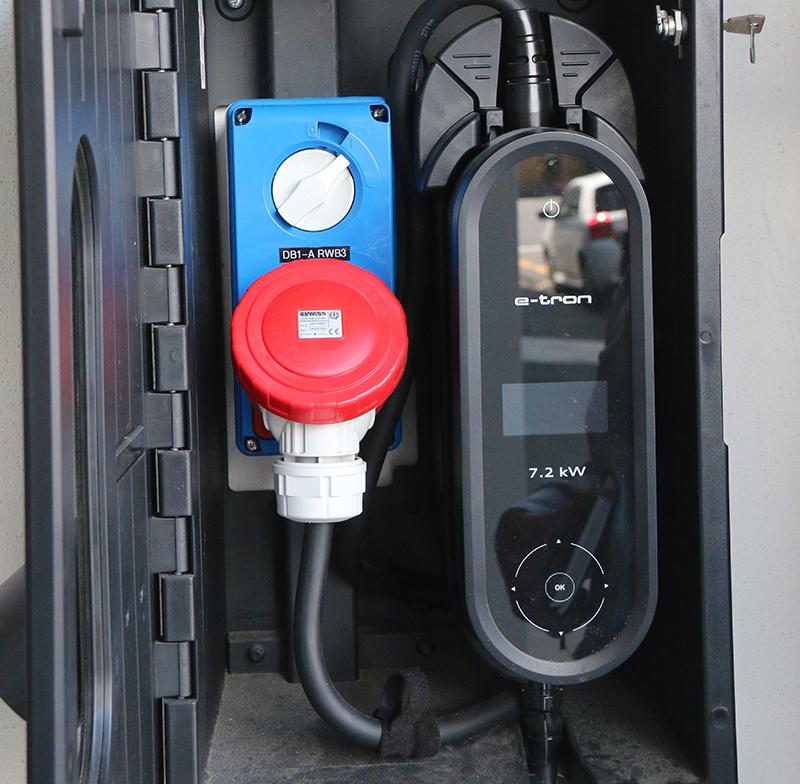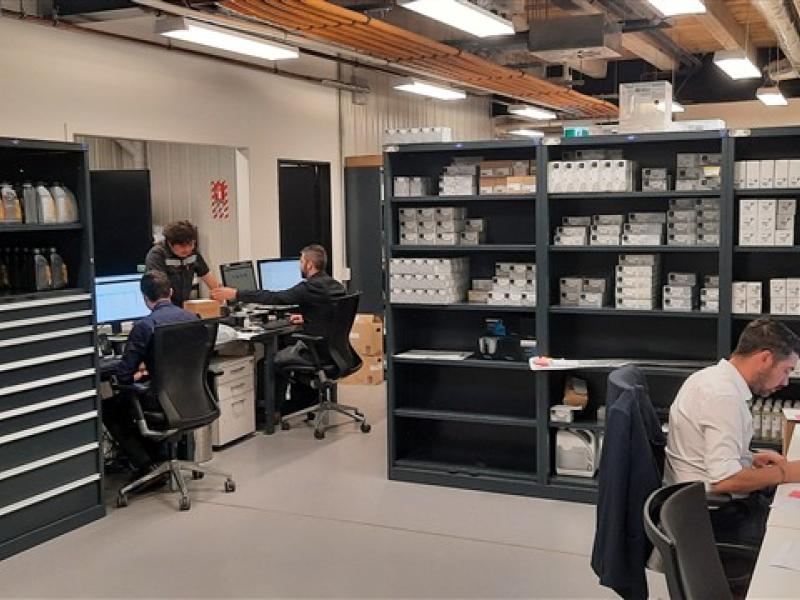A 17 percent rise in lithium-ion battery related fires was recorded last year according to data from AMI, with mishandling during charging, storage, and disposal being the primary causes.
AMI Executive General Manager Claims Wayne Tippet says that more than 50 percent of all battery-related fire claims pertain to when devices are not in-use or being actively monitored, for example, when being charged, stored or disposed of.
“Consumer safety and battery handling education to ensure the safety of New Zealanders is vital. Lithium-ion batteries can be found in devices everywhere, including in our pockets, so it’s important we all learn how to take care of these items to ensure they don’t ignite.”
Last year, over 20 percent of AMI’s lithium-ion battery related fire claims occurred when the battery or device was charging.
“We’ve received claims for drones, e-bikes, cars and even campervans which have caught fire while being left on charge for long periods of time, unsupervised.”
The recent claims data also reveals that battery-related fires are not limited to residential properties. Claims spanned various policy types, including motor (27 percent), contents (25 percent), home (23 percent), commercial (23 percent), followed by marine/boat (two percent).
AMI’s data follows recent reports from councils about a surge in lithium-ion battery- related fires, which have started inside the containers of waste collection trucks.
“Please don’t throw batteries and battery-powered devices in your household waste,” he cautions.
Fire and Emergency New Zealand’s Community Education Manager Tom Ronaldson says while there is nothing inherently dangerous about lithium-ion batteries, they can be a fire hazard if they are damaged, mishandled, or improperly disposed of.
“When lithium-ion battery fires do occur, they can happen very quickly,” he says.
“Therefore, it is important that if your battery is emitting vapour or unusual sounds, you evacuate immediately and call 111.”
Quick safety tips for EV, e-bike and e-scooter charging:
• Where possible these should be stored and charged outside of the house in a garage, shed or carport, away from living spaces. Keep them away from any exit doors, escape routes and combustible materials.
• Only use electric vehicle charging adaptors supplied by the vehicle manufacturer or by an electric vehicle supply equipment (EVSE) manufacturer.
• Don’t use any household adaptor (such as a multi-box, double plug or a travel plug) between EVSE such as an In-Cord Control and Protection Device IC-CPD and a socket outlet.
• Never use damaged or modified charging equipment, such as overseas equipment that has been fitted with a New Zealand plug.
• Don’t use any faulty charging equipment, get it checked by the manufacturer.






